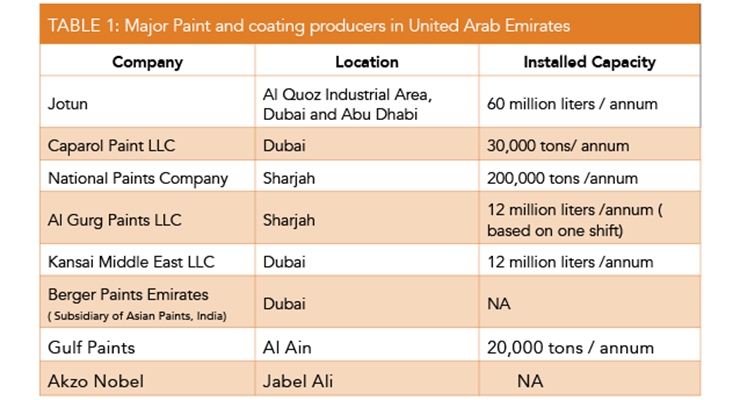Interior Paint Vs. Exterior Paint: Important Differences And Appropriate Applications
Interior Paint Vs. Exterior Paint: Important Differences And Appropriate Applications
Blog Article
Authored By-Fisker Meyers
When you're choosing in between exterior and interior paint, it's important to understand their essential differences that affect both efficiency and appearances. Inside Discover More Here are crafted for reduced VOC degrees and smoother surfaces, making them ideal for indoor spaces, while exterior paints are designed to endure extreme weather conditions and UV exposure. Each type offers a distinct objective, however understanding when to use one over the other can significantly influence your job's outcome. So, what variables should you consider when making your choice?
Make-up and Solution
When selecting in between exterior and interior paint, comprehending their make-up and formula is important. Learn Additional Here have a lower quantity of unstable organic compounds (VOCs), making them more secure for indoor air top quality. You'll discover they usually have a smoother finish, which enhances their ability to withstand stains and allows for simpler cleansing. They're developed to endure the roughness of interior environments, consisting of varying moisture levels and temperature variations.
On the other hand, exterior paints are created to withstand harsher problems. They normally contain greater levels of pigments and additives to withstand fading from UV rays, as well as to prevent mildew and mold and mildew growth. Their make-up includes more binders and resins, which offer far better adhesion to surface areas exposed to the elements. This makes sure the paint can hold up against rainfall, snow, and rising and fall temperature levels without peeling off or splitting.
Efficiency and Durability
Assessing performance and toughness is vital when selecting between exterior and interior paint. Inside paint is made for surface areas that experience less damage. It usually stands up to fading and scuffing, making it suitable for living rooms and bed rooms. However, it might not stand up well in high-moisture areas like bathroom and kitchens without proper solution.
On the other hand, exterior paint deals with harsher conditions. It's crafted to stand up to UV rays, rain, and temperature variations. This sort of paint usually has additives that avoid mold and mildew development, making sure durability in different climates. When you use exterior paint, you can expect it to last numerous years longer than indoor paint, offered it's applied appropriately.
Another crucial difference lies in the coating options. Interior paints usually have a variety of surfaces for visual charm, while exterior paints prioritize durability over luster. If you're seeking something that can take care of the components, exterior paint is your best choice.
On the other hand, if you're concentrated on indoor visual appeals with much less concern for extreme conditions, indoor paint might be suitable. Inevitably, your option should align with the particular needs of the atmosphere.
Visual Factors to consider
A fresh layer of paint can change a space, but visual considerations play a critical duty in your selection in between exterior and interior alternatives. When you're choosing paint, think of the state of mind you intend to produce. Inside paint permits you to check out a wider series of colors and surfaces, enabling you to reveal your individual design and improve your home's ambiance. Whether you choose soft pastels or strong tones, the appropriate interior paint can make your rooms feel comfy, vivid, or serene.
On the other hand, outside paint needs to straighten with your home's style and the surrounding atmosphere. Right here, you're not just making a design statement; you're additionally taking into consideration visual charm. Selecting colors that integrate with your neighborhood can increase your home's value and visual charm. Bear in mind that exterior paint is also based on fading and weather changes, so choosing a timeless shade can save you from regular repainting.
Eventually, consider exactly how each alternative fits your vision. By aligning your paint option with your preferred visual, you can produce rooms that show your personality while maintaining capability.
Conclusion
When it comes to picking paint, understanding the key distinctions between interior and exterior alternatives is vital. Interior paints focus on aesthetics and low VOCs, making them excellent for improving your interior areas. In contrast, outside paints are made for toughness and weather condition resistance, securing your home from the aspects. By considering your particular needs and the atmosphere, you can with confidence pick the best paint to attain the look and durability you desire for your area.
